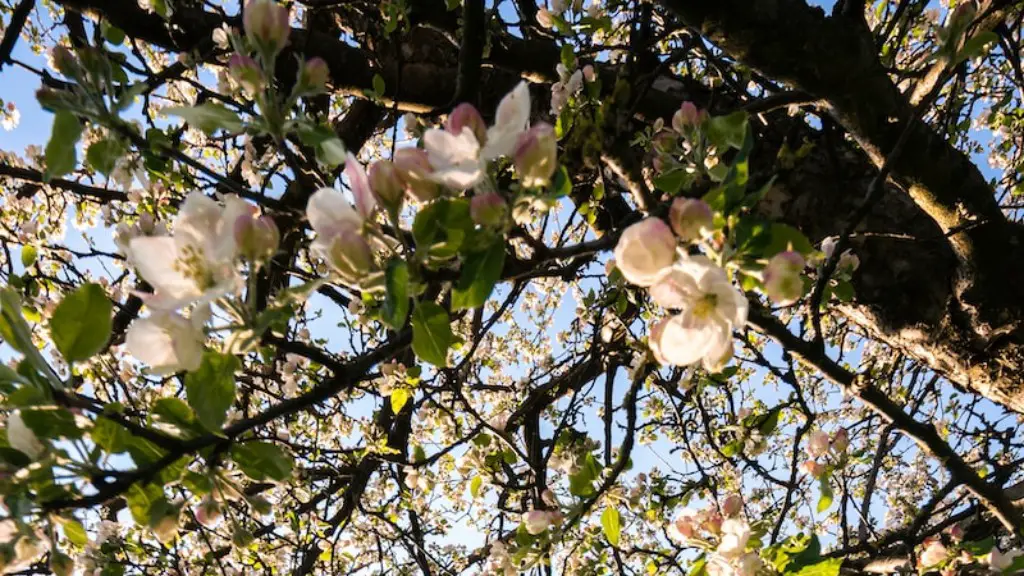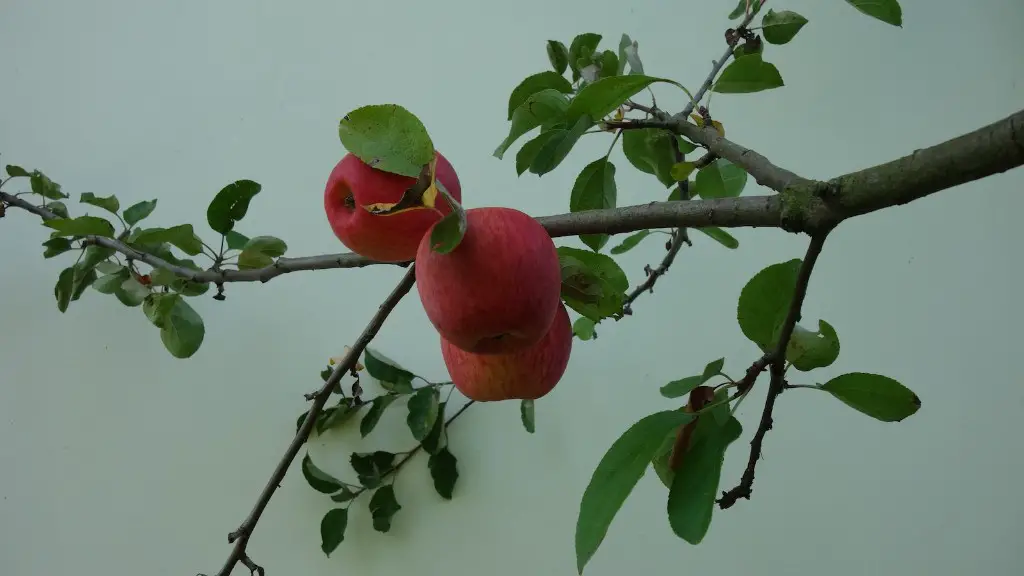Avocados are one of the most versatile fruits, with a huge range of culinary uses, and of course the health benefits they offer! However, as with any fruit crop, avocado production involves a great deal of pruning and trimming of the tree, and it must be done correctly in order to maximize the yield and quality of the fruit. Here we’ll look at how to trim an avocado tree, what tools you’ll need, and the best way to get it done.
Trimming an avocado tree is a necessary part of supporting its growth and ensuring healthy fruit. Each avocado tree is different, so it’s important to tailor your trimming to the needs of your specific tree. There are four stages in the life of an avocado tree that need trimming, as well as some additional trimming as needed during the year.
Stage One: Planting
At the planting stage, the avocado tree is particularly sensitive and should receive extra TLC. The initial trim is extremely important, since it will help set the tree up for success in its later stages of growth. Try to remove branch tips, as well as all dead and broken or diseased branches. This will help the tree establish a better canopy with plenty of light and air circulation.
Stage Two: Initial Growth
Once the tree has started to grow, it’s time to start with regular trimming. At this time of year, you should focus on removing dead, diseased, and broken branches, as well as balancing the canopy so that light and air can circulate through all parts of the tree. Care needs to be taken to ensure that the trimming does not damage growing areas or disrupt the formation of right angles – the perfect angles for healthy avocado trees.
Stage Three: Flowering
At this stage, it’s important to improve the tree’s structure and balance. This will help with the flowering and fruit production. Prune back any branches that are competing with the main structure – as this will increase the amount of light and air to all parts of the tree. Dispose of any diseased branches as well.
Stage Four: Maturity
When the tree starts to mature, the trimming process becomes more focused on maintaining health and yield. Removing any dead, diseased, or broken branches is still important – as is trimming any lateral branches that grow horizontally or parallel to the main stem. Make sure to focus on the lower branches of the tree, and always make sure to keep the shape of the tree balanced as much as possible.
Create a framework to help the tree retain its shape during stormy weather by pruning off vertical branches and leaving raised arms. This will help the tree remain stable, and leave the branches more exposed to sunlight and air. It’s important to remember however that any extensive trimming that removes more than 25% of the leaves of a mature tree will take away the food producing surface of the tree, which could hamper fruit production in the future.
Additional Considerations for Trimming an Avocado Tree
When trimming an avocado tree, safety needs to be taken into consideration. Always remember to wear protective clothing, goggles, and a hard hat if you’re going to be doing any serious trimming. Make sure you have the proper tools on hand, such as a small ladder, pruning shears, and a saw. If you can, try to prune while the tree is still small – as this will make the process easier and help to keep the size of the tree manageable.
The best time to trim an avocado tree is in the fall. This is because the new growth cycle starts in the fall and the leaves will be more mature, making the trimming easier. It’s also important to remember that avocado trees require plenty of water, so keep the area around the tree well irrigated while pruning.
General Tips for Pruning an Avocado Tree
Avocado trees are resilient plants, but it’s important to take your time when pruning. Make sure to remove any dead, diseased or broken branches first; this will give the tree the best chance of survival. Be sure to focus on the overall shape of the tree, as well as any competing branches or lateral branches; removing these will give the tree more room for light and air circulation.
It’s also important to be mindful of the tree’s growth rate, as the trimming process should be adjusted accordingly. If the tree is growing slowly, it may not require as much pruning. On the other hand, if the tree is growing more quickly, it may need more extensive pruning.
Reasons to Prune an Avocado Tree
The main reason to prune an avocado tree is to ensure its health and productivity. Removing dead and diseased branches helps the tree to remain healthy, and improving the tree’s structure helps it to bear more fruit. Pruning is also important for controlling the size and balance of the canopy, as well as for creating a more aesthetically pleasing look for the tree itself.
Lastly, pruning helps to reduce the number of pests and diseases on the tree, as pests often use branches as safe havens. Removing any broken or dead branches will help reduce the presence of pests and any potential damage they can cause.
Tools Needed to Prune an Avocado Tree
The tools you will need to properly prune an avocado tree will depend on the size and type of tree you have. If you have a small tree, you may only need pruning shears and a small ladder. If you have a large tree, then you will need a saw, pole pruners, and a ladder. It’s also important to have protective clothing and goggles.
It’s important to invest in the proper tools for trimming an avocado tree, as this will ensure the process is done correctly and safely. Make sure to read the instructions for the tools, and to practice proper safety protocols when using them.
Time of Year to Prune an Avocado Tree
The best time to prune an avocado tree is in the fall. This is because the new growth cycle starts in the fall and leaves will be more mature. Also, pruning in the fall will give the tree enough time to regrow before the cold winter weather. If you do need to prune in the winter, make sure to wait until a warm period so the tree can heal quickly.
Pruning is essential for the health and productivity of an avocado tree, and the best way to tie this process together is to have a plan. Prepare the tools you need, have a clear understanding of what needs to be done and when, and follow the four steps of pruning for maximum results.



